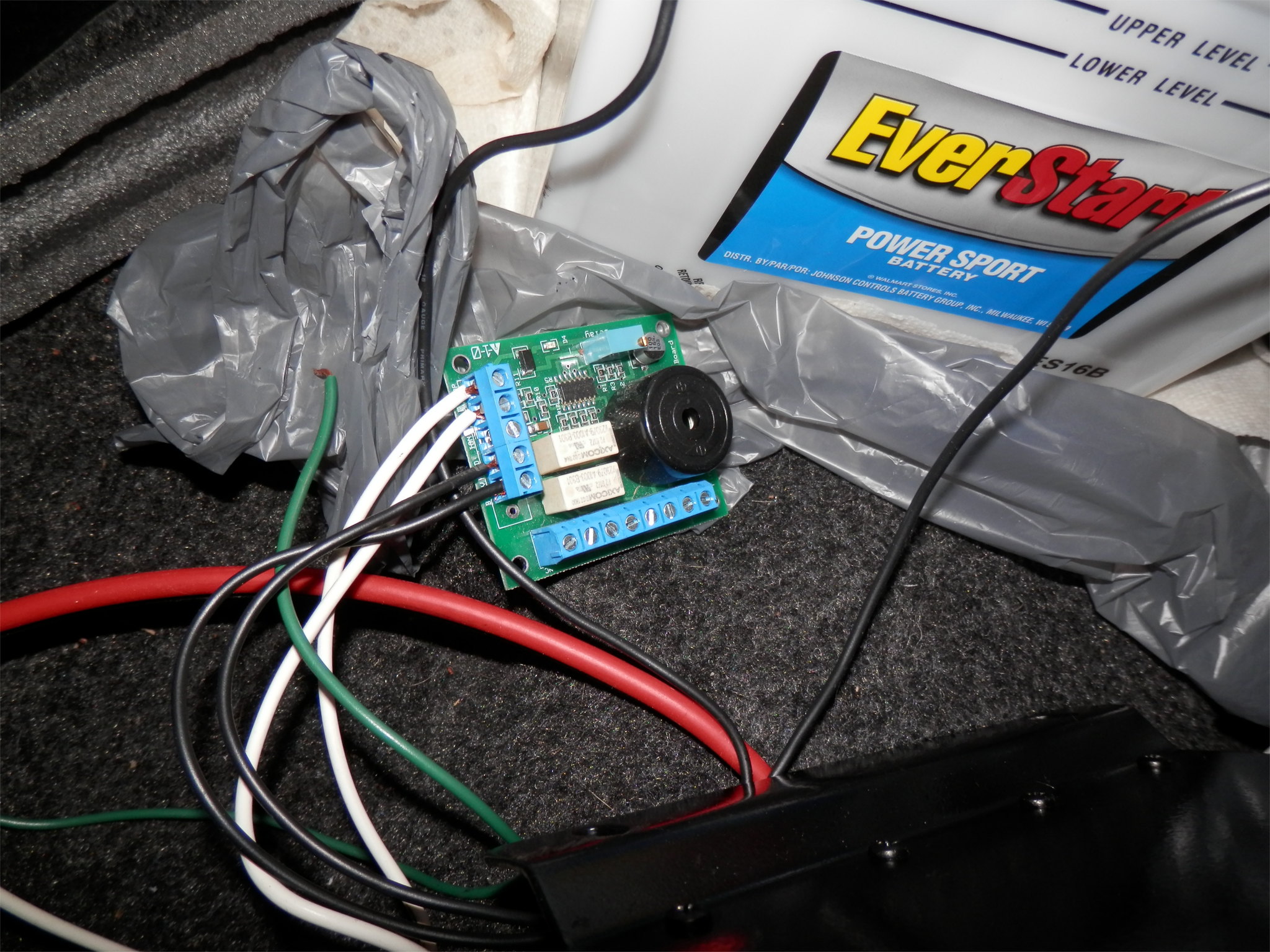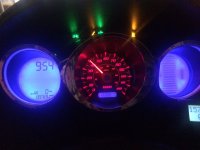tk3000
100 µW
Hello Folks,
Recently, I acquired a used 2007 vectrix VX-1 max scooter off ebay. The bike came with 40ah lithium ion cells, and it seems that the conversion kit (with the li-ion cells) were bought directly from vectrix itself back in 2010.
At first the batteries were completely discharged: each cells had about .3 volts.(charged cell would have 3.2 or 3.3V). And since the 120V DC industrial charger that came with the bike would not recognize the deeply discharge battery bank, I charged different sections of the battery bank at a time with a 80V DC-DC voltage booster connected to my solar battery bank (so not conversion/rectification from AC-DC required). It comes to a point whereby the vectrix lithium ion batteries reached 124V and even though the bike boots up without any errors there is still no "GO" on the screen and it listed its range as being 0 miles, and the wheels do not spin at all. So, I hooked up the industrial charger it pumps about 9amps into the vectrix batteries, and at the same time is shows a steady red led indicating that the batteries have less than 80% of it is capacity. My question then is: for lithium ion batteries isn't the voltage a good indication of the state of charge?
thks
Recently, I acquired a used 2007 vectrix VX-1 max scooter off ebay. The bike came with 40ah lithium ion cells, and it seems that the conversion kit (with the li-ion cells) were bought directly from vectrix itself back in 2010.
At first the batteries were completely discharged: each cells had about .3 volts.(charged cell would have 3.2 or 3.3V). And since the 120V DC industrial charger that came with the bike would not recognize the deeply discharge battery bank, I charged different sections of the battery bank at a time with a 80V DC-DC voltage booster connected to my solar battery bank (so not conversion/rectification from AC-DC required). It comes to a point whereby the vectrix lithium ion batteries reached 124V and even though the bike boots up without any errors there is still no "GO" on the screen and it listed its range as being 0 miles, and the wheels do not spin at all. So, I hooked up the industrial charger it pumps about 9amps into the vectrix batteries, and at the same time is shows a steady red led indicating that the batteries have less than 80% of it is capacity. My question then is: for lithium ion batteries isn't the voltage a good indication of the state of charge?
thks





